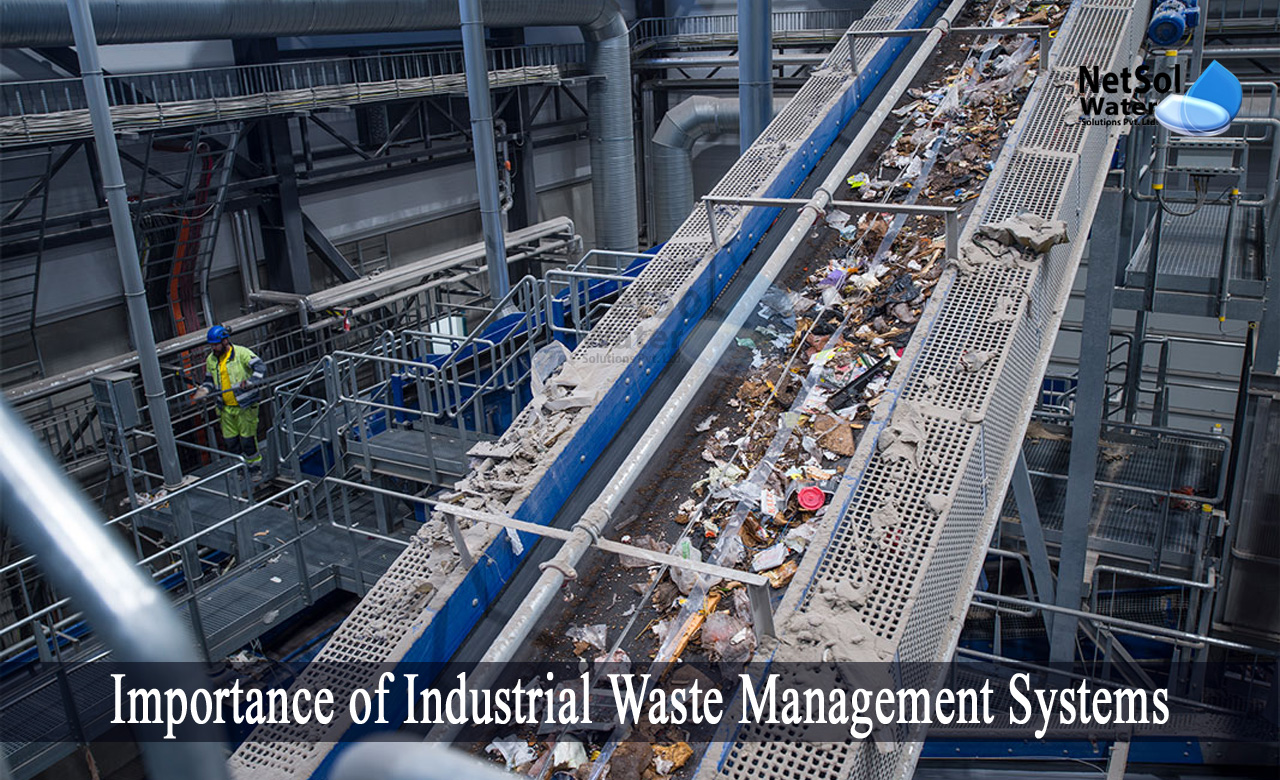Reclaim Waste for Dummies
Reclaim Waste for Dummies
Blog Article
The smart Trick of Reclaim Waste That Nobody is Talking About
Table of ContentsAbout Reclaim WasteThe 20-Second Trick For Reclaim WasteExamine This Report about Reclaim WasteGetting The Reclaim Waste To WorkHow Reclaim Waste can Save You Time, Stress, and Money.
Domestic sewer waste refers to the waste and items from a property septic container. The correct administration and disposal of domestic sewage waste need liquid waste to be transferred to a sewer treatment plant where the correct methods and devices are applied to cleanse and dispose of waste.
Commercial waste commonly includes potential threats, such as flammable materials or a mix of liquid and strong waste items, and needs an advanced and in-depth disposal procedure. The disposal of business waste usually includes the filtration of waste prior to transport to ensure risk-free and correct disposal. Industrial waste is produced from byproducts and drainage of commercial processes and manufacturing.
This kind of waste can not use the same sewage management transportation or procedures as septic or industrial liquids. The commercial waste monitoring procedure calls for the examination and screening of fluid waste prior to it undertakes the disposal procedure (liquid waste removal). Overflow waste is the liquid waste that comes from runoff and excess stormwater in highly populated areas or cities
Runoff waste can cause contamination and flooding if not taken care of properly. Learn more about sewer cleaning and waste management. Guaranteeing appropriate waste administration can stop catastrophes and decrease environmental injury. Both people in household setups and experts in business or manufacturing markets can take advantage of understanding the procedures and laws of fluid waste administration.
See This Report on Reclaim Waste
Call PROS Solutions today to find out about our waste administration and disposal solutions and the appropriate ways to look after the liquid waste you generate.
(https://pubhtml5.com/homepage/kwjac/)Do you know what takes place to your water when you disengage, flush the bathroom or drain pipes the cleaning maker? No? Well, it deserves knowing. This supposed 'wastewater' is not just an essential source yet, after treatment, will be released to our land, waterways or the ocean. Utilized water from bathrooms, showers, bathrooms, kitchen sinks, laundries and commercial processes is called wastewater.

water made use of to cool equipment or clean plant and devices). Stormwater, a form of wastewater, is drainage that streams from farming and urban areas such as roofs, parks, gardens, roadways, courses and rain gutters right into stormwater drains pipes, after rainfall. Stormwater moves without treatment directly to regional creeks or rivers, eventually reaching the ocean.
3 Easy Facts About Reclaim Waste Described
In Queensland, most wastewater is treated at sewer treatment plants. Wastewater is transported from domestic or industrial sites with a system of sewers and pump stations, known as sewerage reticulation, to a sewer therapy plant.
The Division of Natural Resources advises regional federal governments concerning handling, operating and preserving sewerage systems and treatment plants. In unsewered locations, city governments might call for owners to mount individual or home sewage therapy systems to treat residential wastewater from commodes, kitchen areas, restrooms and laundries. The Division of Natural Resources authorizes the usage of household systems when they are proven to be reliable.
In some new subdivisions, therapy of some stormwater to eliminate clutter, sand and gravel has actually started utilizing gross pollutant catches. Wastewater therapy occurs in 4 stages: Removes strong issue.
Makes use of tiny living microorganisms recognizes as micro-organisms to break down and remove staying liquified wastes and great particles. Micro-organisms and wastes are integrated in the sludge.
The smart Trick of Reclaim Waste That Nobody is Talking About
Nutrient removal is not offered in any way sewer treatment plants since it needs costly specialist equipment. It is becoming much more common in Queensland. Clear liquid effluent produced after therapy might still consist of disease-causing micro-organisms. If this effluent is launched into waterways such as rivers or the sea, the micro-organisms will eventually pass away out.

This normally implies wastewater has to be dealt with or pollutants removed prior to it can be released to waterways. The majority of wastewater flows into the sewerage system. Under the Act, neighborhood governments administer authorizations and licences for eco appropriate activities (Periods) including wastewater releases that may have a neighborhood impact. The division provides approvals and licences to ERAs involving wastewater releases that could have a local or statewide influence.
Reclaim Waste for Beginners
Monitoring provides valid information about water high quality and can validate that permit problems are being satisfied. The info acquired with monitoring provides the basis for making water quality decisions.
Report this page